Unveiling the Mysteries of King Tutankhamun: A Journey through History, Discovery, and Treasures
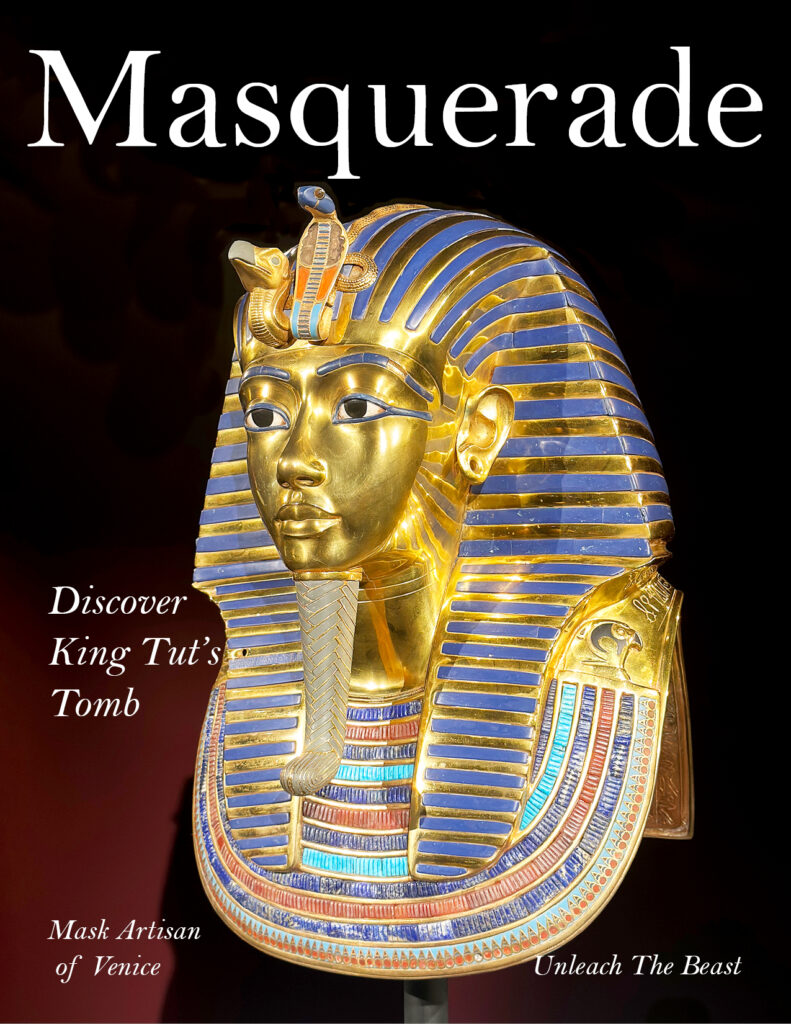
Story and Photography by Terry Check
King Tutankhamun, often referred to as King Tut, remains an iconic figure in ancient Egyptian history. His reign, discovery of his tomb, and the treasures within have captivated the world, shedding light on the enigmatic world of the pharaohs.
King Tutankhamun’s History
King Tut ascended to the throne at a young age of 9, around 1332 BCE, during the 18th dynasty of ancient Egypt. His reign, though short-lived, played a pivotal role in shaping Egypt’s history. The young pharaoh’s death at the age of 18 left behind a legacy that would be unearthed centuries later.
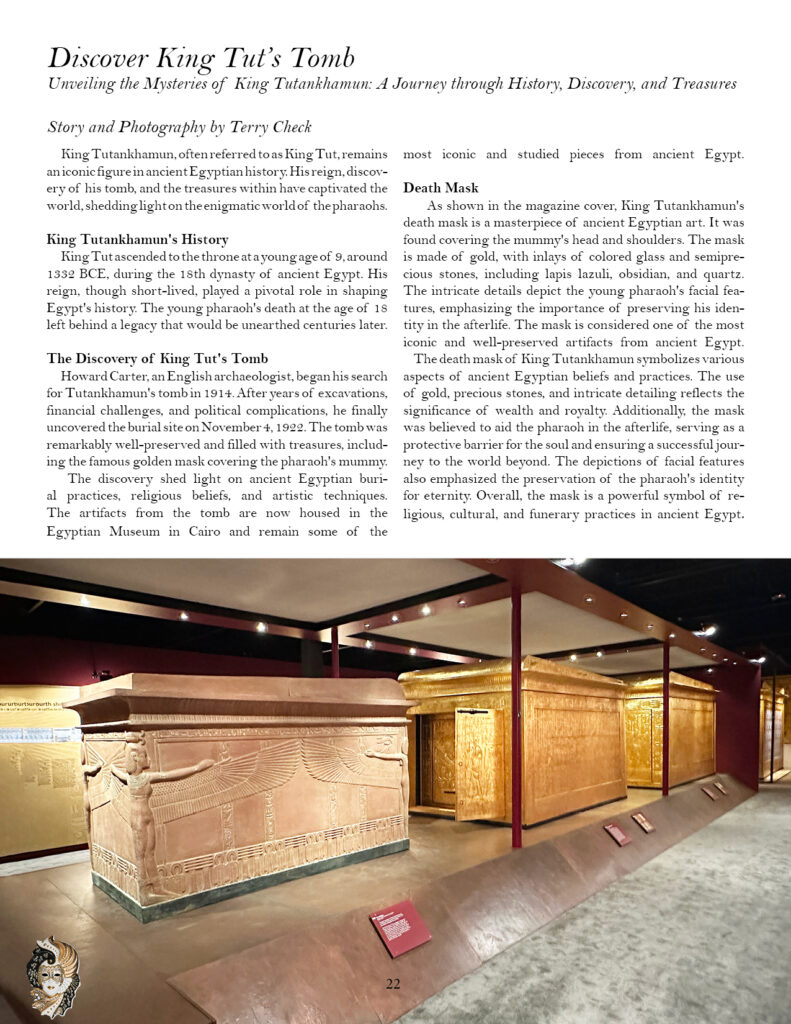
The Discovery of King Tut’s Tomb
Howard Carter, an English archaeologist, began his search for Tutankhamun’s tomb in 1914. After years of excavations, financial challenges, and political complications, he finally uncovered the burial site on November 4, 1922. The tomb was remarkably well-preserved and filled with treasures, including the famous golden mask covering the pharaoh’s mummy.
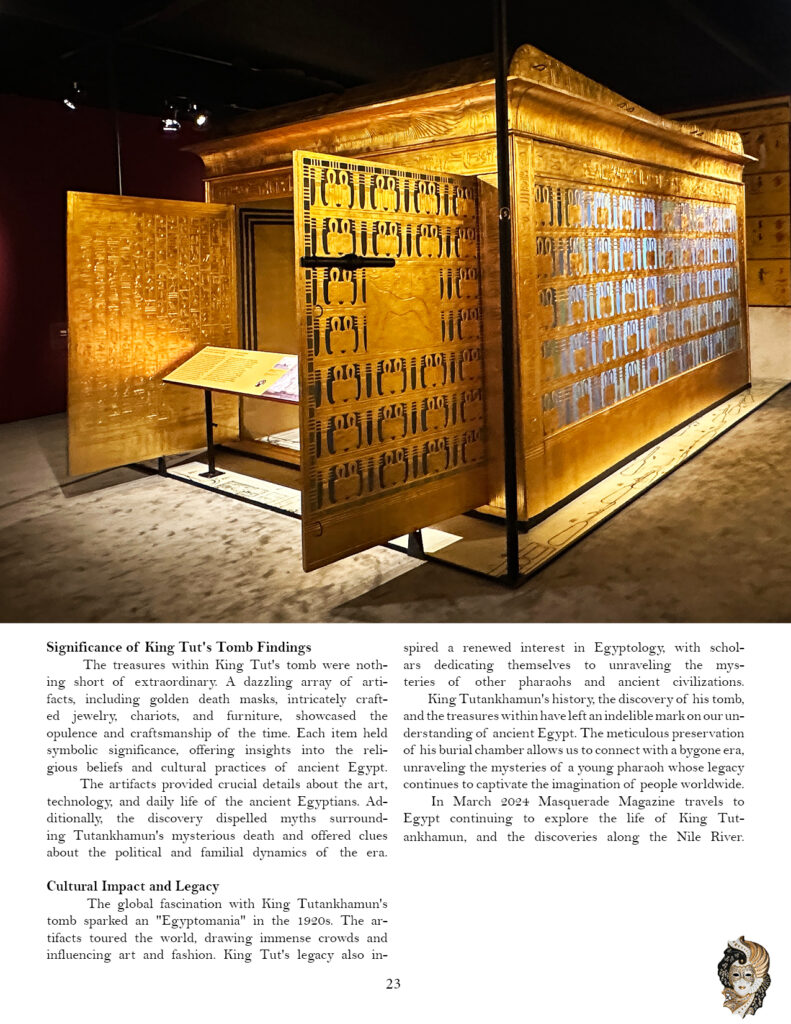
The discovery shed light on ancient Egyptian burial practices, religious beliefs, and artistic techniques. The artifacts from the tomb are now housed in the Egyptian Museum in Cairo and remain some of the most iconic and studied pieces from ancient Egypt.
Death Mask
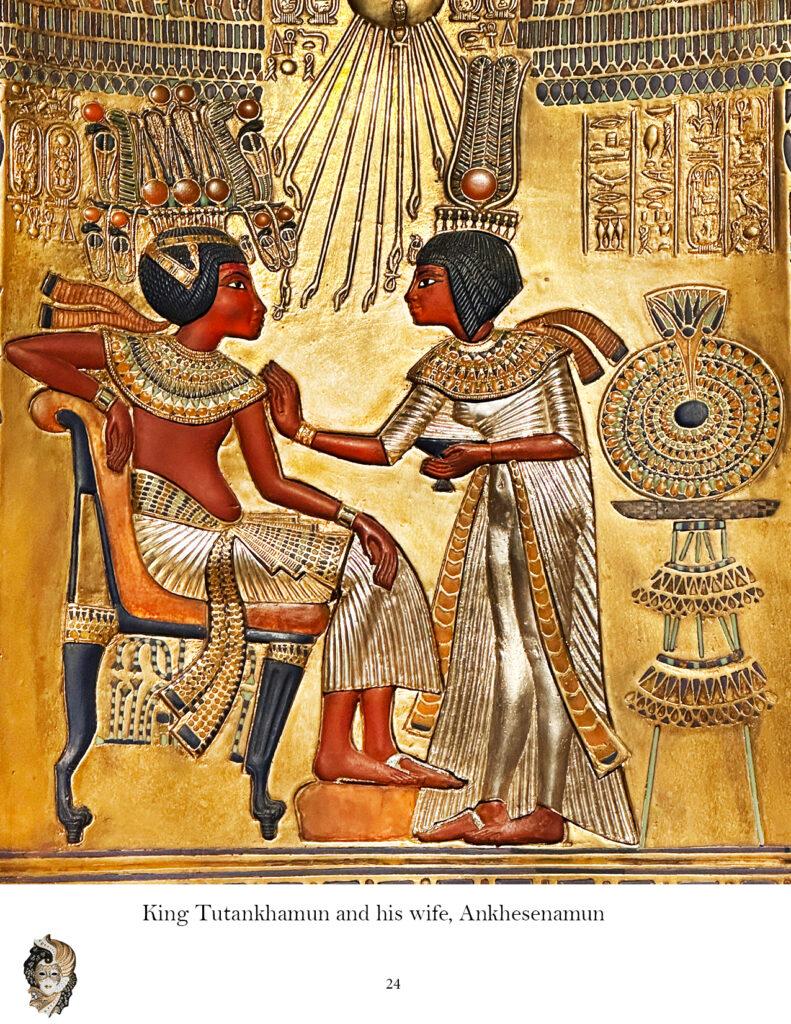
As shown in the magazine cover, King Tutankhamun’s death mask is a masterpiece of ancient Egyptian art. It was found covering the mummy’s head and shoulders. The mask is made of gold, with inlays of colored glass and semiprecious stones, including lapis lazuli, obsidian, and quartz. The intricate details depict the young pharaoh’s facial features, emphasizing the importance of preserving his identity in the afterlife. The mask is considered one of the most iconic and well-preserved artifacts from ancient Egypt.
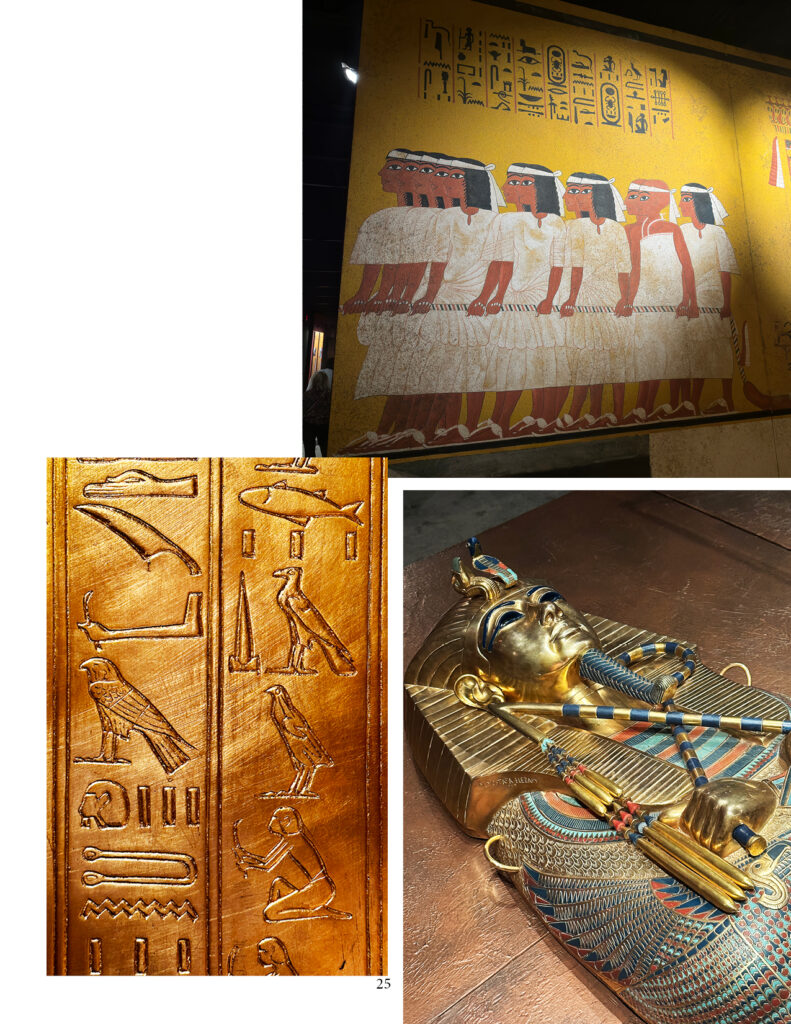
The death mask of King Tutankhamun symbolizes various aspects of ancient Egyptian beliefs and practices. The use of gold, precious stones, and intricate detailing reflects the significance of wealth and royalty. Additionally, the mask was believed to aid the pharaoh in the afterlife, serving as a protective barrier for the soul and ensuring a successful journey to the world beyond. The depictions of facial features also emphasized the preservation of the pharaoh’s identity for eternity. Overall, the mask is a powerful symbol of religious, cultural, and funerary practices in ancient Egypt.
Significance of King Tut’s Tomb Findings
The treasures within King Tut’s tomb were nothing short of extraordinary. A dazzling array of artifacts, including golden death masks, intricately crafted jewelry, chariots, and furniture, showcased the opulence and craftsmanship of the time. Each item held symbolic significance, offering insights into the religious beliefs and cultural practices of ancient Egypt.
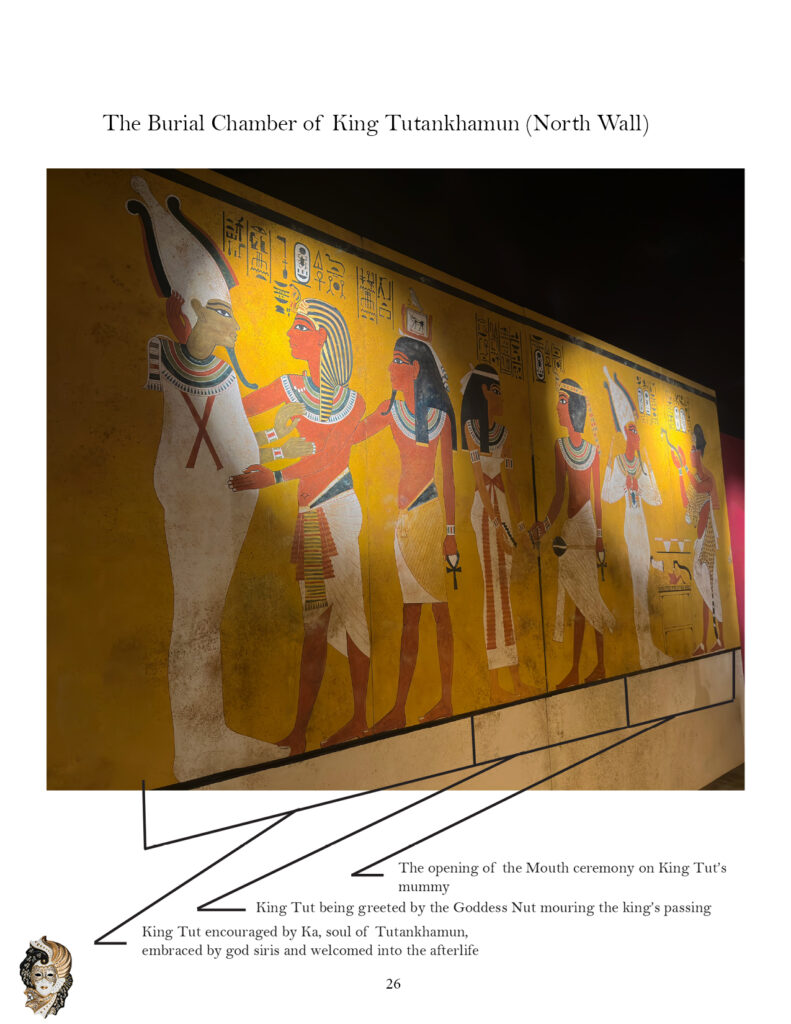
The artifacts provided crucial details about the art, technology, and daily life of the ancient Egyptians. Additionally, the discovery dispelled myths surrounding Tutankhamun’s mysterious death and offered clues about the political and familial dynamics of the era.
Cultural Impact and Legacy
The global fascination with King Tutankhamun’s tomb sparked an “Egyptomania” in the 1920s. The artifacts toured the world, drawing immense crowds and influencing art and fashion. King Tut’s legacy also inspired a renewed interest in Egyptology, with scholars dedicating themselves to unraveling the mysteries of other pharaohs and ancient civilizations.
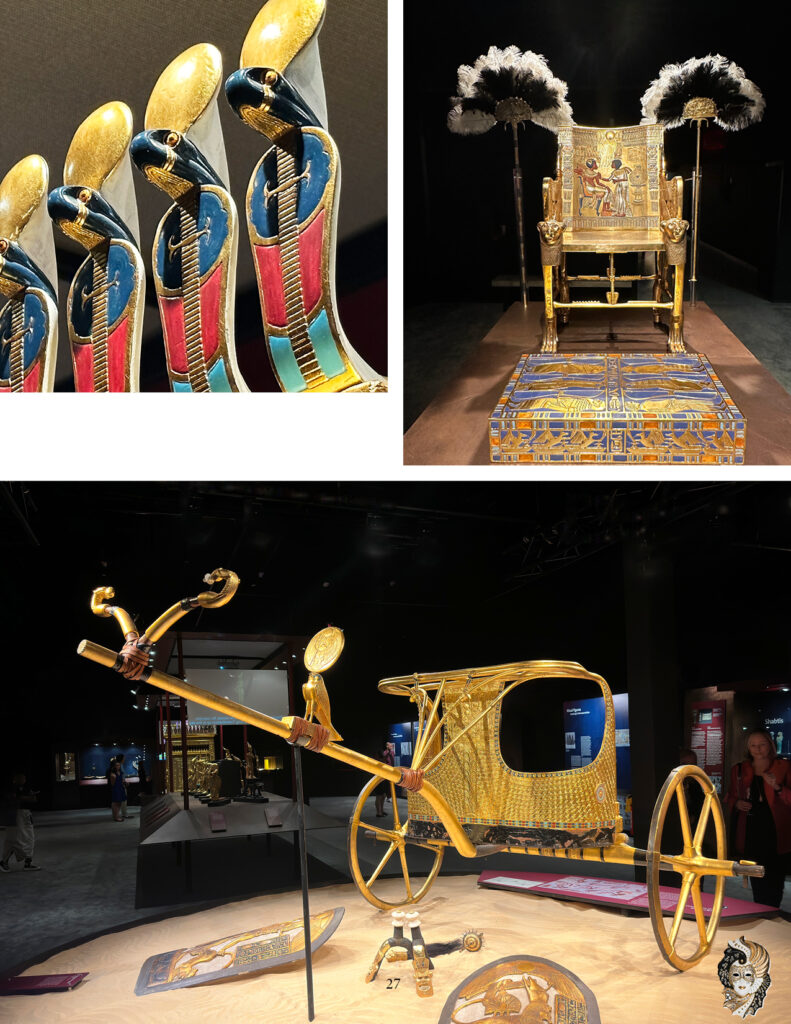
King Tutankhamun’s history, the discovery of his tomb, and the treasures within have left an indelible mark on our understanding of ancient Egypt. The meticulous preservation of his burial chamber allows us to connect with a bygone era, unraveling the mysteries of a young pharaoh whose legacy continues to captivate the imagination of people worldwide.
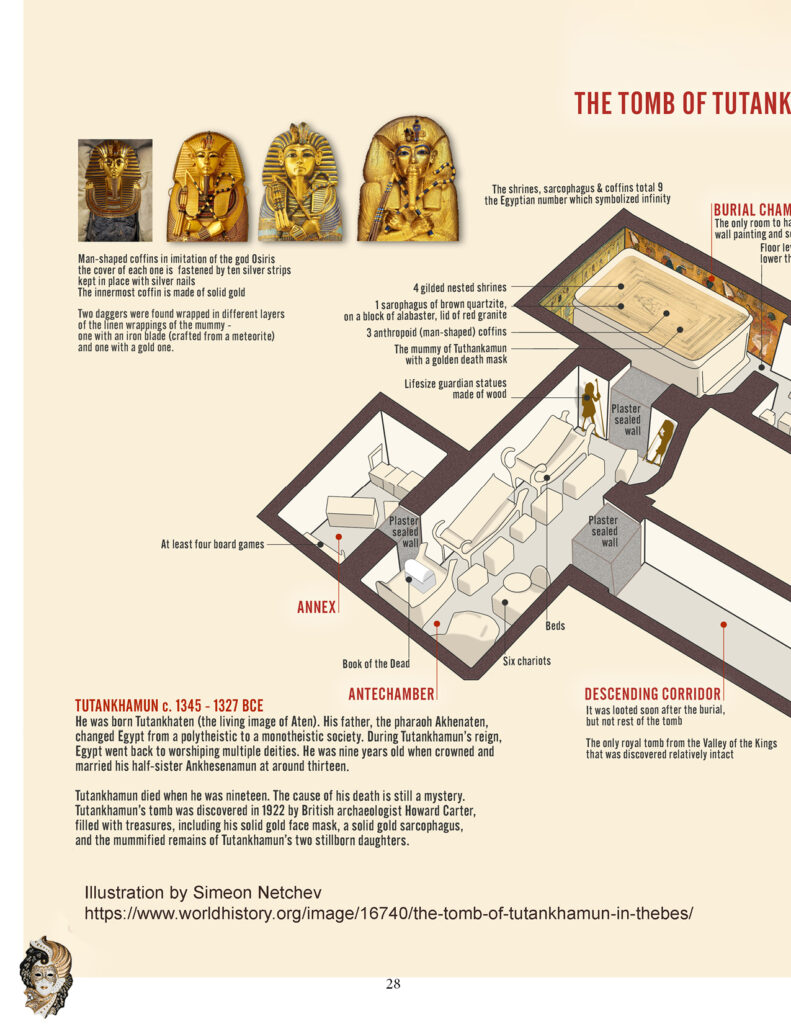
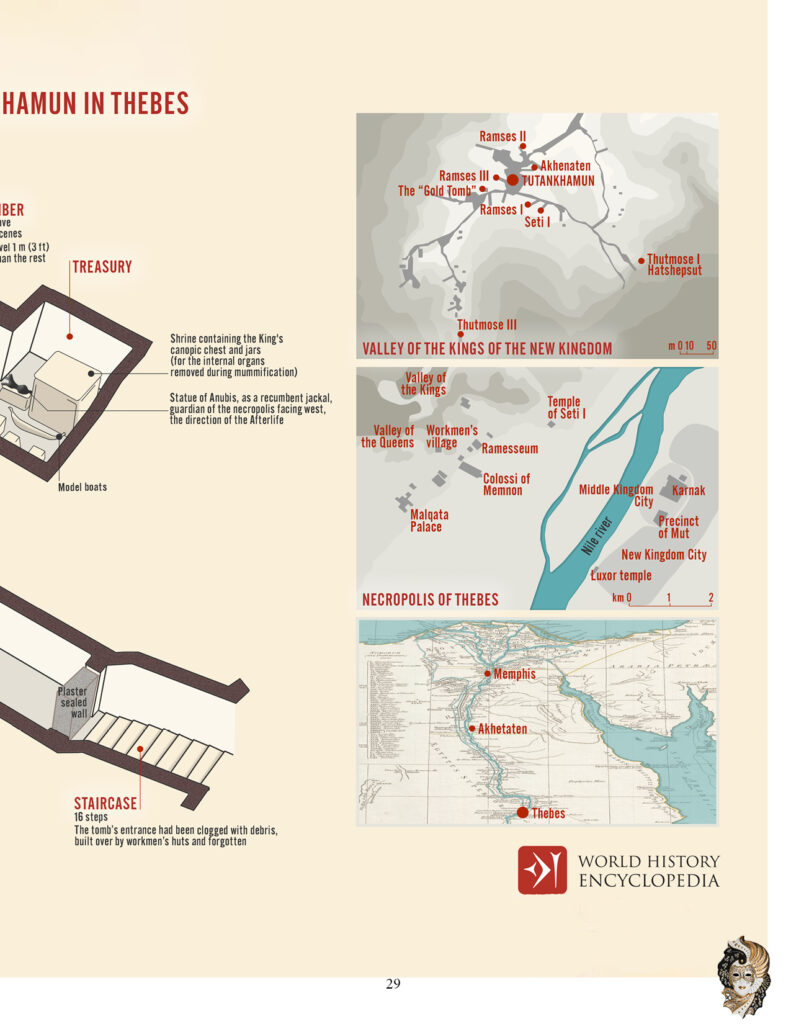
In March 2024 Masquerade Magazine travels to Egypt continuing to explore the life of King Tutankhamun, and the discoveries along the Nile River.